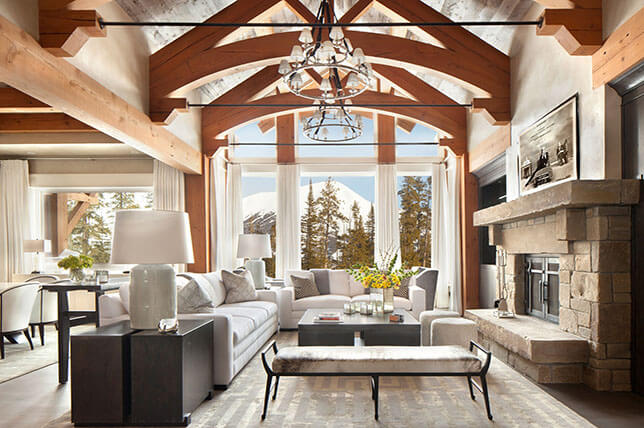- Minimize negative effects and maximize positive effects of interior design on environmental systems over the life cycle of the building.

History.
a front-runner one stop interior and exterior products mall have its origin in the year 1991.
A humble start-up by Mr.Madanlal Sharma by the name of "Gujarat Plywood", focusing on a single point i.e.plywood. It's been almost three decade in the journey of providing the best of the products in the best of the class under one roof.
The regimen was very comprehensible and focusing on intrinsic business values by then. core have been supplying outstanding interior products for furniture, lighting, decor and accessories. core promotes quality standard and state of the art products supported by knowledge of latest trends and technology, environment, and years of expertise. Enabling us to provide our clients with a total professional service from enquiry through to delivery.











